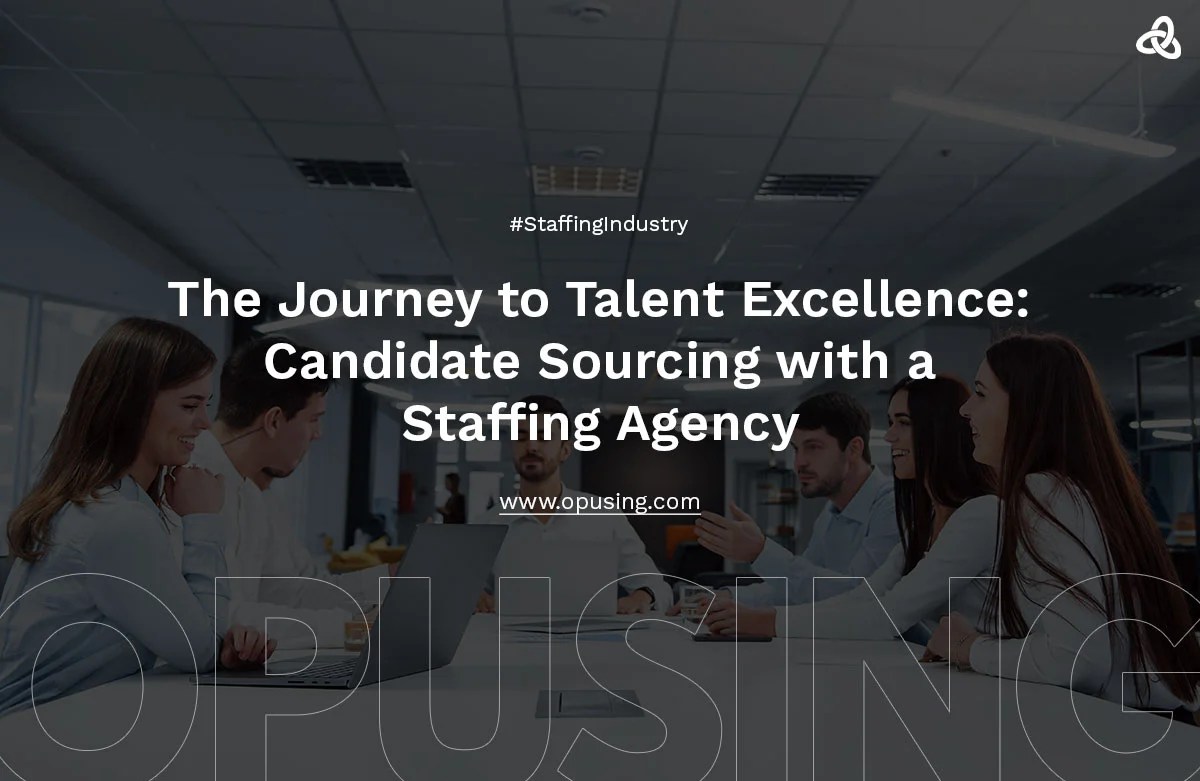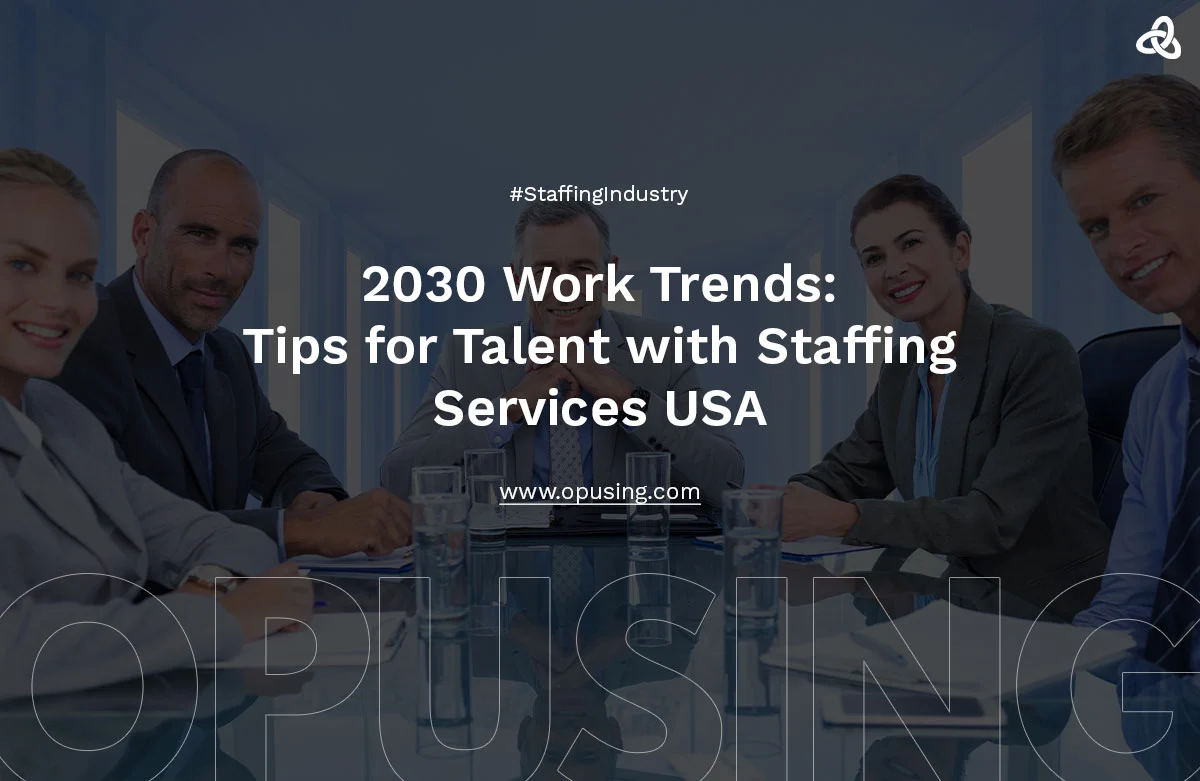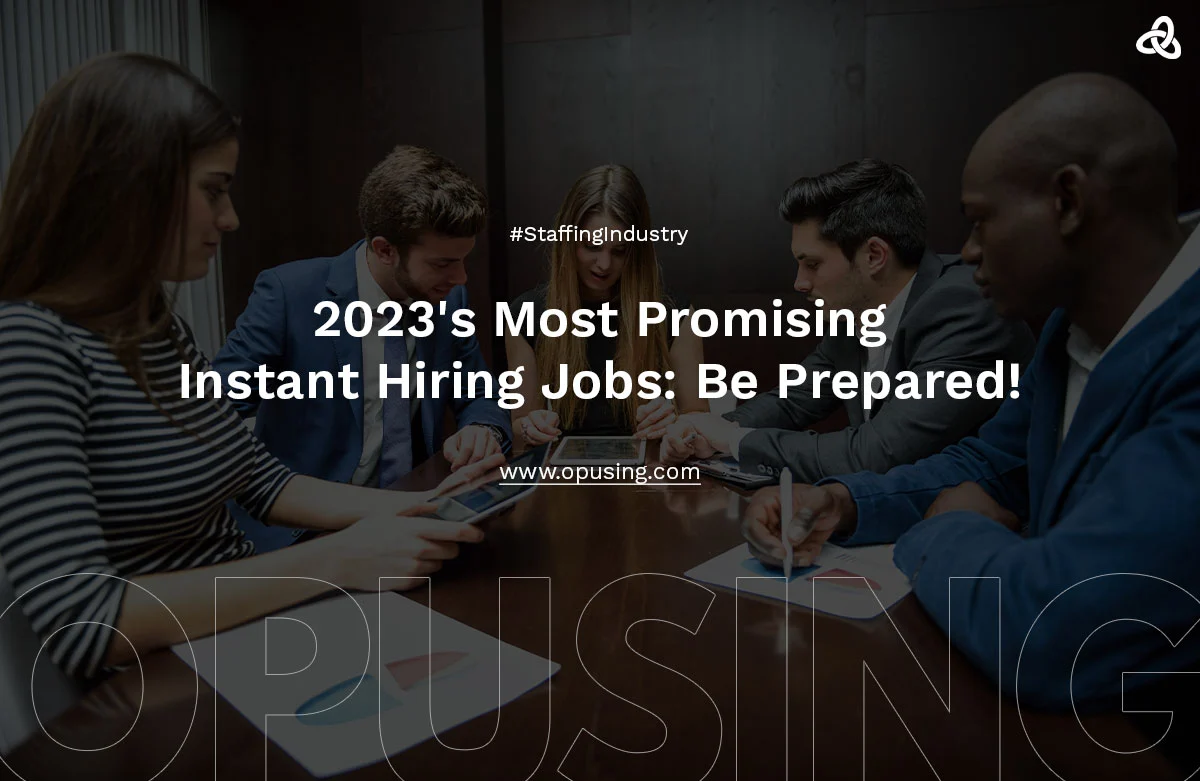From Fixed to Flexible: Building a Recession-Proof Workforce Solution
 Shourya Mehta
Shourya Mehta- Apr 29, 2025
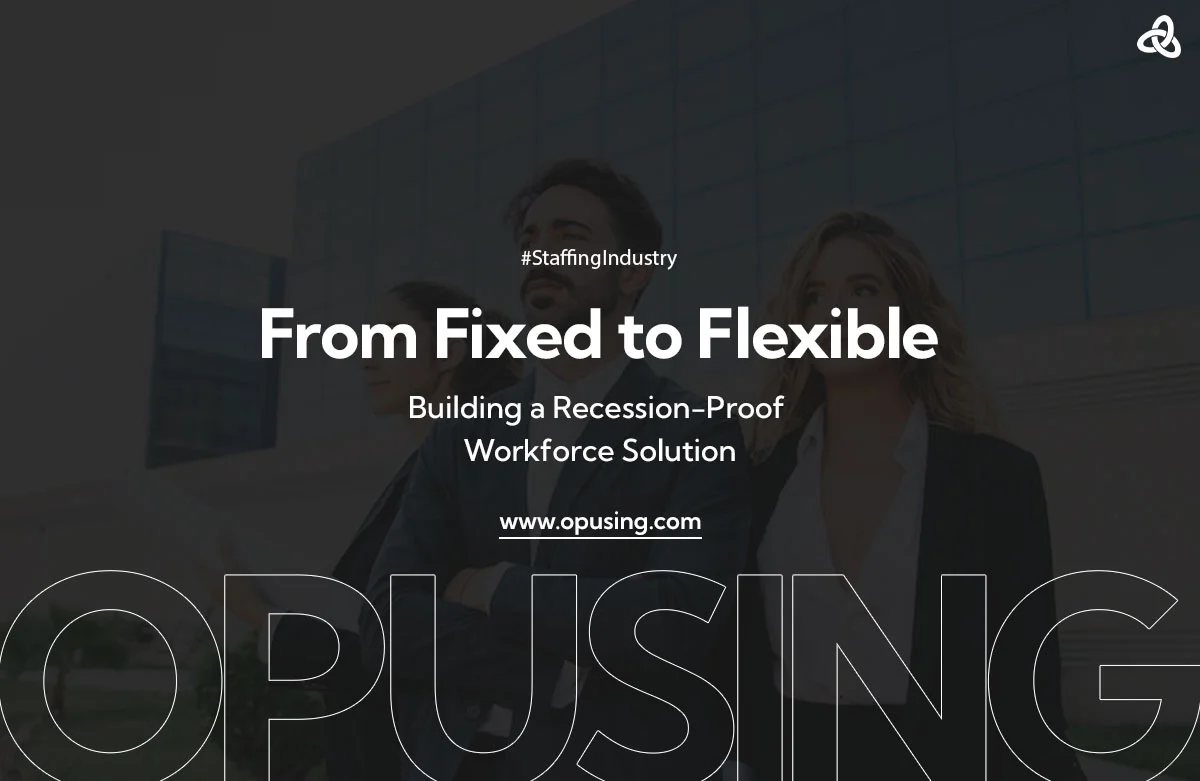
As we move into 2025, you might be noticing it: growth has slowed down—GDP in Q4 2024 was only 2.4%, a drop from 3.1% in Q3 and prices aren’t really budging much either. Back in March, the CPI was up 2.4% compared to last year(BLS). Meanwhile, the Fed's go-to core PCE measure showed a 2.6% increase for Q4, as reported by the Bureau of Economic Analysis. With new tariffs coming into play, we might see inflation inching up to around 3.5–4%. Also, it looks like labor costs are going to be the biggest expense in most budgets for 2025, according to Forbes. It all comes down to tighter margins and always trying to adjust team sizes.
workforce solution
really stands out in that situation. A report says that almost 90% of flexible workers are up for in-person shifts, and more than two-thirds are looking for full-time hours. That means you can easily adjust your capacity without all the hassle. Pretty cool, right?. In today’s unpredictable market, that kind of flexibility isn’t just a bonus—it’s a must-have. So, whether you’re dealing with busy seasons, filling in those surprise gaps, or trying out new markets, on-demand staffing really helps you manage costs, keep your projects moving forward, and stay ahead of the game—even when things seem a bit chaotic.Key Takeaways:
- Fixed vs Flexible Workforce Solution
- Benefits of a Workforce Solution
- Debunk 3 Myths: Why “flexibility ≠ chaos” and gig workers actually drive results.
- Role of Staffing Firms in simplifying tough hiring and handling compliance.
What Does "Fixed to Flexible" Look Like?
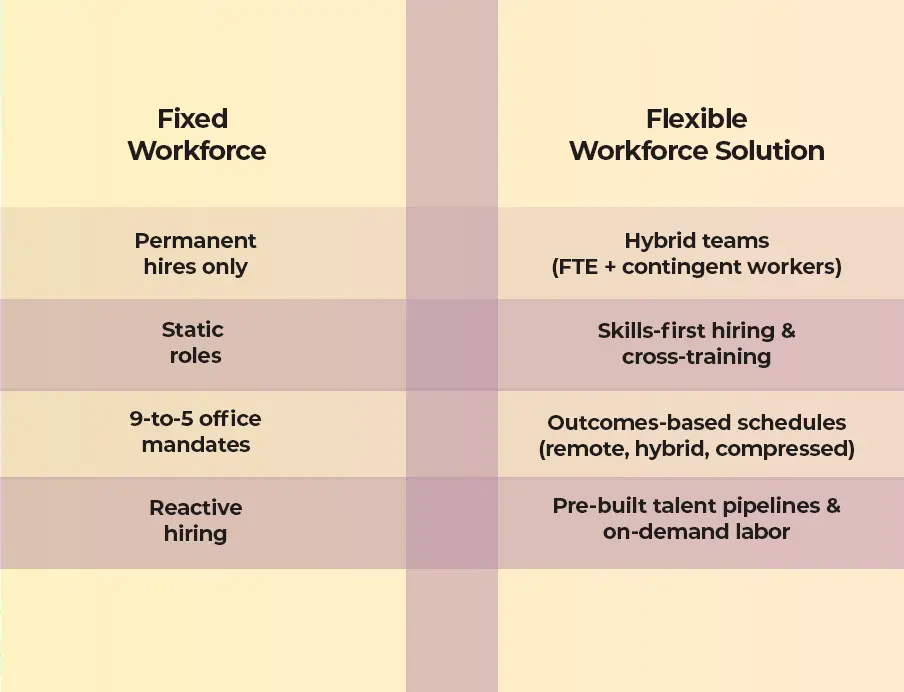
Benefits of a Workforce Solution:
Cost Control: Reduce overhead by 30% with scalable talent for seasonal demand.
Agility: Adjust team sizes within 72 hours to align with market shifts.
Retention: Flexible schedules lower turnover by 35%-40%.
Productivity: Employees with autonomy report a significantly higher output .
Key Strategies to Build a Stagflation-Resistant Workforce Solution:
1. Optimize Your Workforce Mix
Balance full-time and part-time workers: Almost half of the individuals working in the U.S are temporary workers who offer specific skills without making long-term commitments.
Cross-functional training: Promote staff training in multiple roles.
2. Collaborate with a Staffing Agency
A staffing agency is an essential part of a strong workforce solution, and provides:
Speed: Use pre-screened individuals to fill important jobs 30% to 40% faster.
Compliance expertise: If an organization misclassifies any worker, they could face heavy fines and punishments, that’s where staffing agencies make things smoother.
Global access: Get in touch with experts in areas like AI and cybersecurity that are in high demand and hard to find.
3. Integrate Technology for Efficiency
59% of people will need to upskill or reskill to stay relevant by 2030: AI-powered solutions can be used to automate recruiting, detect skill shortages, and decrease staff turnover.
Digital Employee Experience (DEX) platforms: Unite knowledge sharing, performance tracking, well-being resources, and collaboration into one easy interface that drives engagement, reduces IT support tickets, and lets HR stay focused on strategy. In fact, within 5 years, 92% of IT and corporate decision-makers suggest they’ll be investing in DEX.
4. Prioritize Compliance
Clear worker classification: About a quarter of businesses are at risk of facing legal action because of misclassified workers.
Dynamic policies: Keep the guidelines for working from home, working extra hours, and working across borders up to date.
3 Common Misconceptions About Workforce Solutions (and the Reality)
- Myth: Flexibility damages productivity.
- The truth is: A structured approach to flexibility, such as requiring certain days of in-office work for collaboration, balances autonomy with teamwork.
- Myth: Contingent workers have no loyalty.
- Reality: 94% of gig professionals want meaningful projects — match assignments to their expertise to inspire results.
- Myth: AI takes our jobs or will take our job
- AI automates repetitive jobs (like automating most HR workflows) to allow teams to focus on strategic operations.
Staffing Agencies: The Missing Piece in Your Workforce Solution
1. Immediate Talent Access: Solve Crises Before They Cost You
Just imagine needing a cybersecurity expert to fix a data breach today, or a team of AI developers to help you launch a product before your competitors do. With a staffing partner, you’re not rushing around trying to find help. They already have a trusted network of over thousands of professionals across different fields, ready to start within days, not weeks.
Real-world impact: Fill niche roles (e.g., cloud architects, data engineers) 30% faster than your usual hiring methods.
Why it matters: Delayed hiring costs companies $500/day per role in lost productivity. A workforce solution eliminates that bleed.
2. Budget Alignment: Pay for What You Need, When You Need It
Stagflation requires fiscal precision. And staffing agencies offer pay-as-you-go models that fit your cash flow, a big difference from permanently putting a full-time head on your payroll and footing a rigid salary bill.
Example: A manufacturer experiencing seasonal spikes in demand may bring on contingent workers for 3-month projects, saving around 20%-25% in labor costs on a yearly basis.
Hidden benefit: Avoid layoffs (and morale crashes) by scaling teams without long-term commitments.
3. Risk Reduction: Sleep Easy with Compliance Guardrails
Misclassifying gig workers or breaking overtime laws can lead to audits, fines and reputational damage. A staffing partner is your compliance shield
By the numbers: 27% of companies are penalized for misclassifying workers. If you have a workforce solution, you don't need to deal with contracts, benefits or file taxes.
Global readiness: Handle tricky regulations with ease (i.e. California’s AB5, EU gig worker laws)
4. Skill Development: Future-Proof Your Team Without the Headache
Many studies say that approximately 50%-60% of employees will need reskilling by 2025. Staffing agencies also assist in:
Upskilling 70% of staff in fast growth areas (AI, automation, ESG) via tailored training programs
Case in point: A retail client trained 200+ store managers in data analytics via our partnerships with Coursera and LinkedIn Learning, enhancing sales forecasts by 18%.
A Flexible Workforce Solution is the Foundation of Resilience
It's pretty clear that sticking to a strict staffing model in today’s economy can lead to some major concerns. By 2025, companies that aren't flexible might face turnover rates that are double what they should be, and project timelines could stretch out by about 30%. That’s not just bad for profits; it can really hurt team morale too. Integrating a flexible workforce isn’t just a backup plan; it’s a winning strategy in a market where every little bit counts.
Your Next Step:
- Analyze your current workforce structure.
- Partner with a staffing agency to create a scalable talent strategy.
- Implement smart tools for real-time workforce insights.
Build a resilient team today, have a chat with our team today!
Our Latest Blogs

7 Best Staffing Agencies Tips to Make Your Job Application Stand Out From the Crowd
We curated seven tips that the best staffing agencies will approve of to help your job application stand out....
Read More
Workforce Solution: Four Advantages of Converting a Temporary Staff to Permanent Employee
Hiring a temporary workforce is the most advantageous workforce solution. However....
Read More
Staffing Firm Edition: 4 Ways To Make Onboarding Process Effective for Remote Employees
Staffing firms will confirm that changing times calls for a process revamp. Now you need to adjust to....
Read More
